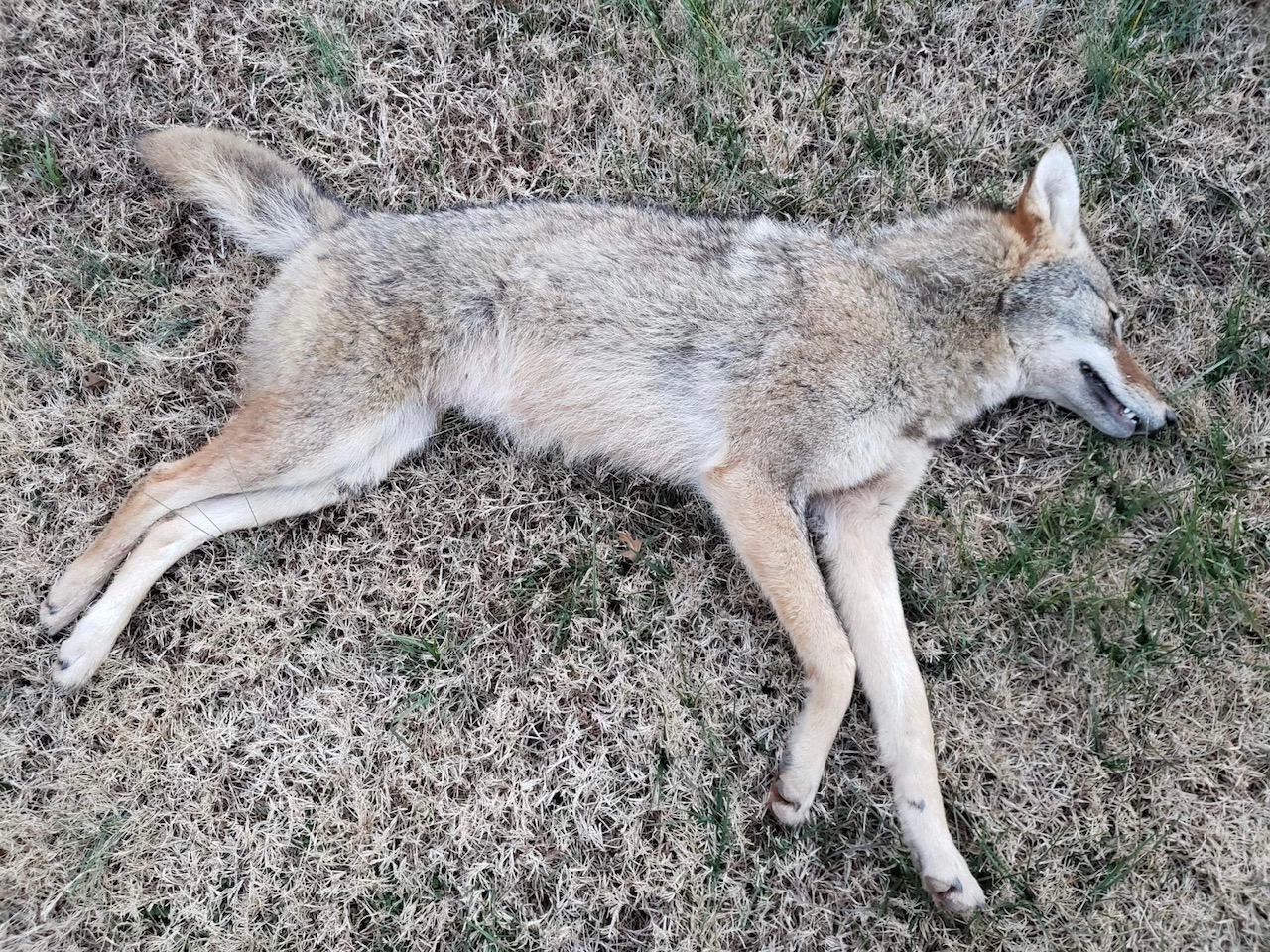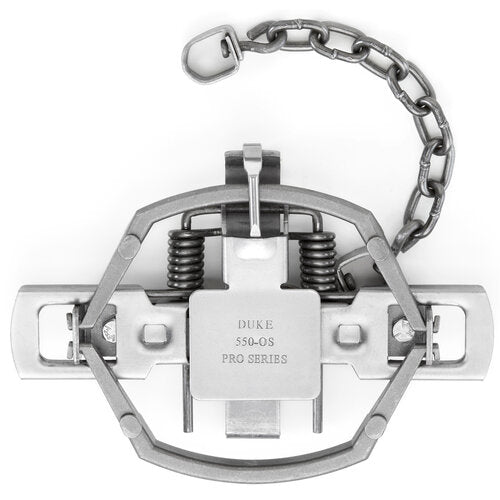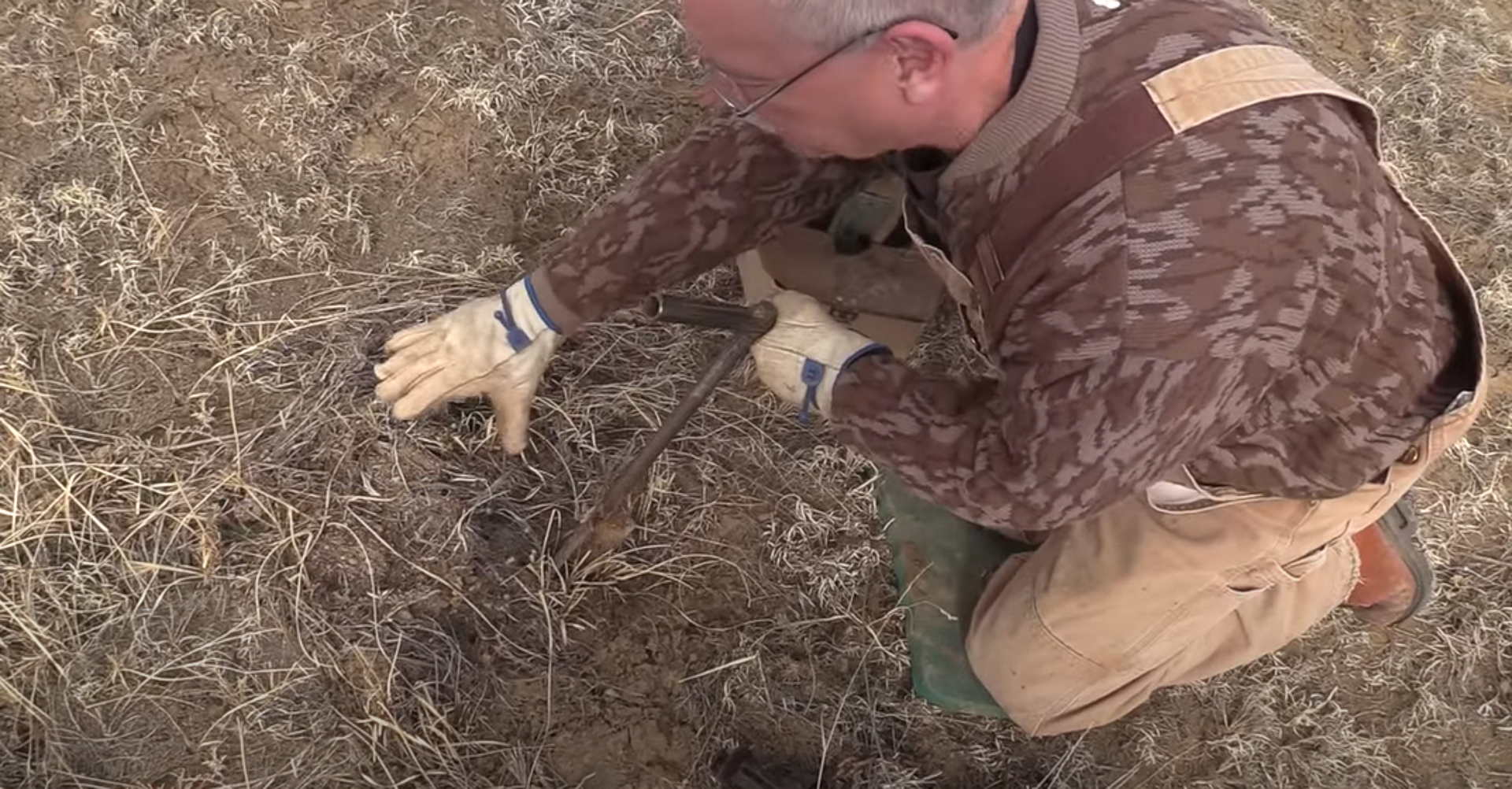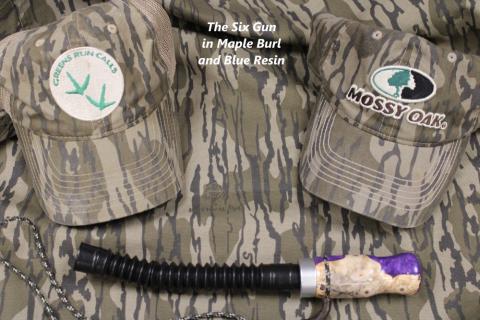Brodie Swisher
Coyote Trapping Basics
The Coyote – Canis latrans – one of the most opportunistic creatures to ever walk the earth. He’ll eat small game, big game, birds, cat food off the back porch – and then the cat. That’s why predator management, specifically for coyotes, should be toward the top of your list when it comes to your wildlife management plan. And there’s no better way to efficiently reduce coyote numbers than trapping. But catching coyotes won’t come easy. They are crafty critters that routinely outwit hunters and trappers to live another day. But with a little planning and preparation, it can be done.
We reached out to old friend, and longtime trapper, Scott Braham, for a closer look at his routine for consistently trapping coyotes to better manage the properties he hunts. We also checked in with Bill Duke for a look at some of the top picks when it comes to gear for catching coyotes.
Here’s a few things to consider as you prepare to get started trapping coyotes.

Where to Place Your Coyote Traps
Catching coyotes takes more than just randomly throwing traps out on the properties you’ve seen them on in the past. You must be strategic in the placement of your traps for success. “I always look for terrain transitions, like fields to woods,” says Braham. “Ditches to fields and old roads that intersect also work great. They love hunting the transition areas and keeping their territory marked on roads.”
Find the funnels and pinch points that push coyote traffic into a specific location, or narrow down travel opportunities. These locations are often evident by the amount of tracks, scat and other sign left behind from local coyotes.
Best Bait for Trapping Coyotes
As mentioned above, coyotes are opportunistic animals, feeding on pretty much anything they can choke down. But there are some baits that work better than others for coyotes. “I like to use beaver based baits,” says Braham. “I’m a big fan of a tainted chunk bait that can easily be made from home. “I simply cube it, then put in big jars to set in the sun. When my dogs start going bonkers for it, I know it’s ready. I then add sodium benzoate to stop the decaying process.”
Best Traps for Coyotes

Braham prefers a 550 offset 2-coil spring trap for securely anchoring coyotes. “They work really well, and there are no adjustments needed for them,” says Braham.
Some of the best traps you’ll find anywhere, in quality and value, are the Duke Traps from West Point, Mississippi. The company was originally established in 1938 as a local Fur Skin and pecan business and continues those efforts to this day. The company is in its third generation of family ownership led by T.A. Duke and Bill Duke. “We began producing a line of traps back in 1986 to complement our Fur Skin business,” says Duke. “The line of traps and accessories we offer has continued to grow over the years.”
Their Duke Pro Series 550 OS trap is a favorite among coyote trappers, featuring heavy cast steel jaws, stainless steel rod dog, with step down PIT pan system. The trap features rock solid performance for the serious coyote trapper and was built to easily handle many years of use and abuse.
Best Scent and Lures for Coyotes
Scents and lures are what trappers rely on to draw them to the bait placed at your trap. When it comes to which one works best, well, that’s simply a matter of opinion, and every trapper seems to have his or her fair share of opinions on what works best.
“My favorite scents are the ones that deliver a skunk odor. I mostly use the Dunlap’s War Paint. It’s really skunky and has some serious drawing power. If I'm in an area with lots of scat and sign, I will get coyote gland in the mix. Dunlap's Cryptic Coyote Lure is tough to beat.
Braham doesn’t use any masking scents at his sites. But he does prefer to wear rubber boots and leather gloves when setting traps. He then switches to rubber gloves when adding the bait. He encourages trappers to avoid using the same gloves to set traps and apply bait. “You don’t want coyotes picking up on the bait scent on your trap,” says Braham. “If they do, they’ll often dig around it and cause the trap to go off without a catch. Using different gloves to set traps and bait the trap will help you avoid this issue.”
Best Set for Coyotes

The dirt hole set is a go-to approach for trapping coyotes.
Once you figure out the best location for placing a trap, and you’ve narrowed down the goods you’ll use, it’s time to put a trap in the ground. But what style of trap set works best? “I'm almost always a dirt hole set guy,” says Braham. “It’s a set that simply works the most consistent for me. If a coyote works this set, but I don't catch him, I'll make a trench set to force him on the trap. For the most part, the dirt hole set is always my initial go-to approach.”
Essential Gear for Trapping Coyotes
Everyone seems to have their preference on the gear they like to tote on the trapline, and the tools in your arsenal will likely evolve as you figure out what works best for your style and preference. But there are some standards that you’ll want to consider as you get started with the basic tools for trapping coyotes. Here’s a short list of what many trappers consider the must-have gear for trapping coyotes.
- Duke Pro Series 550 OS Trap
- Trap anchors
- Hammer / Hoe / Trowel
- Stake Driver
- Bait / Lure
- Sheep Wool
- Sifter
- Gardener’s knee pad
- Leather gloves / Rubber gloves
Final Thoughts
The opportunities to trap coyotes are abundant. In fact, in many states, coyote trapping season is year-round, with no limit (Be sure to check your local regulations). The coyote is at the top of the food chain across much of the country, with no other predator, other than hunters, to keep it in check. That’s why it’s important for hunters to do their part in the management plan for trapping predators, particularly coyotes. It’s a fun and exciting way to help the deer, turkey, and small game populations in the areas you hunt.




























